It took two weeks for the news to hit the mainstream media, but on February 3, several train cars carrying hazardous and toxic chemicals, including vinyl chloride, derailed in East Palestine, Ohio. Yet, questions about the cause of the accident and the ultimate chemical leakage, as well as the long-term impact on the local environment, humans and animals, remain either unanswered or unconvincing.

An aerial photo made with a drone shows damaged railroad tank cars scattered about as cleanup continues in the aftermath of a Norfolk Southern freight train derailment that has created concern by residents over the release of toxic chemicals in East Palestine, Ohio, U.S., February 17, 2023 /IC
An aerial photo made with a drone shows damaged railroad tank cars scattered about as cleanup continues in the aftermath of a Norfolk Southern freight train derailment that has created concern by residents over the release of toxic chemicals in East Palestine, Ohio, U.S., February 17, 2023 /IC
In response to the chemical spill, the U.S. Environmental Protection Agency (EPA) and local officials authorized a "controlled release" and burn-off of hazardous chemicals, a decision that some experts say may have added to the toxic mixture and possibly spread the chemicals further.
Subsequently, nearly 5,000 local residents have been told it is safe to return home. However, several locals said they remain skeptical and uneasy about the officials' assurances, according to an exclusive interview with CGTN.
"It was not safe for anybody," said Callista Bartosh. "People are concerned about the fact that they are still coughing and having headaches... I'm concerned for the long term effects of what this could bring for anybody in the area."
02:25
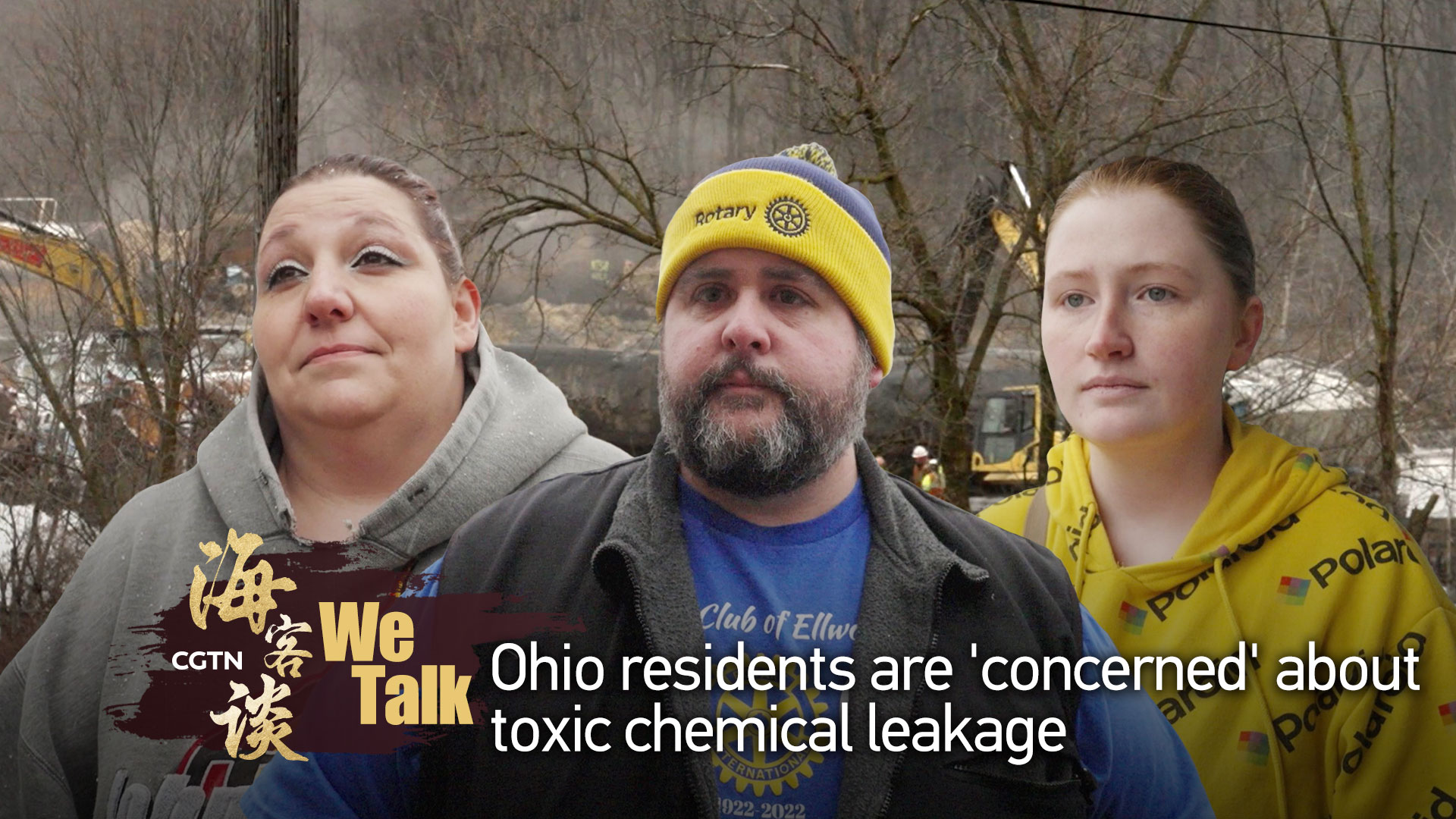
As reported by The Washington Post, numerous poultry and fish have been found dead, and the air is permeated with the odors of "nail polish remover" and "burning rubber."
The primary hazardous chemical involved in the spill, vinyl chloride, breaks down into two main byproducts when burned: hydrogen chloride and phosgene, a toxic gas that was used as a weapon during World War I. Additionally, the EPA has announced that two of the derailed cars also contained the highly toxic substance benzene.
According to Dr. Stephanie Widmer, an emergency medicine physician and medical toxicologist in New York, vinyl chloride is classified as a known human carcinogen and has been linked to a rare form of liver cancer. "So that's the main concern with the vinyl chloride," she said in an interview with ABC.
An investigation by the Facts Tell team has found that the Ohio crisis was not accidental, but almost inevitable.
03:24
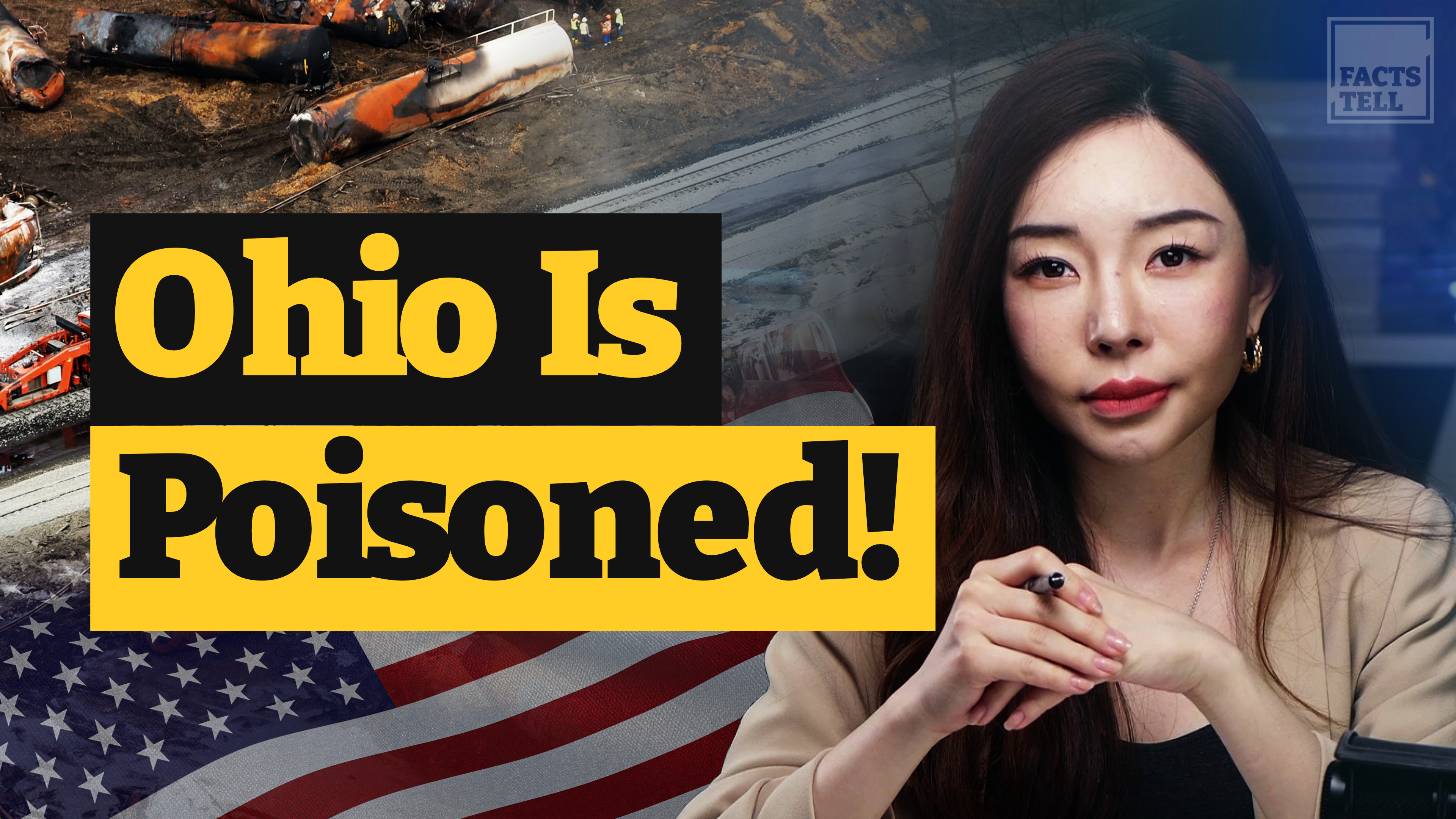
Data shows there are a jaw-dropping number of train accidents
The number of train accidents in the United States is actually shocking. According to data from the Federal Railroad Administration (FRA), there have been over 107,000 railroad accidents in the country in the past decade, resulting in at least 7,800 deaths. Of these accidents, over 12,000 involved train derailments.
According to The Guardian, more than 4.5 million tonnes of toxic chemicals are transported by rail freight each year, with an average of over 12,000 trains carrying hazardous materials passing through towns across the country every day.
As of now, no official department has released the specific amount of toxic chemicals released as a result of this incident.
A video from the Associated Press shows glow coming from under the train car about 20 miles before the derailment.
00:14
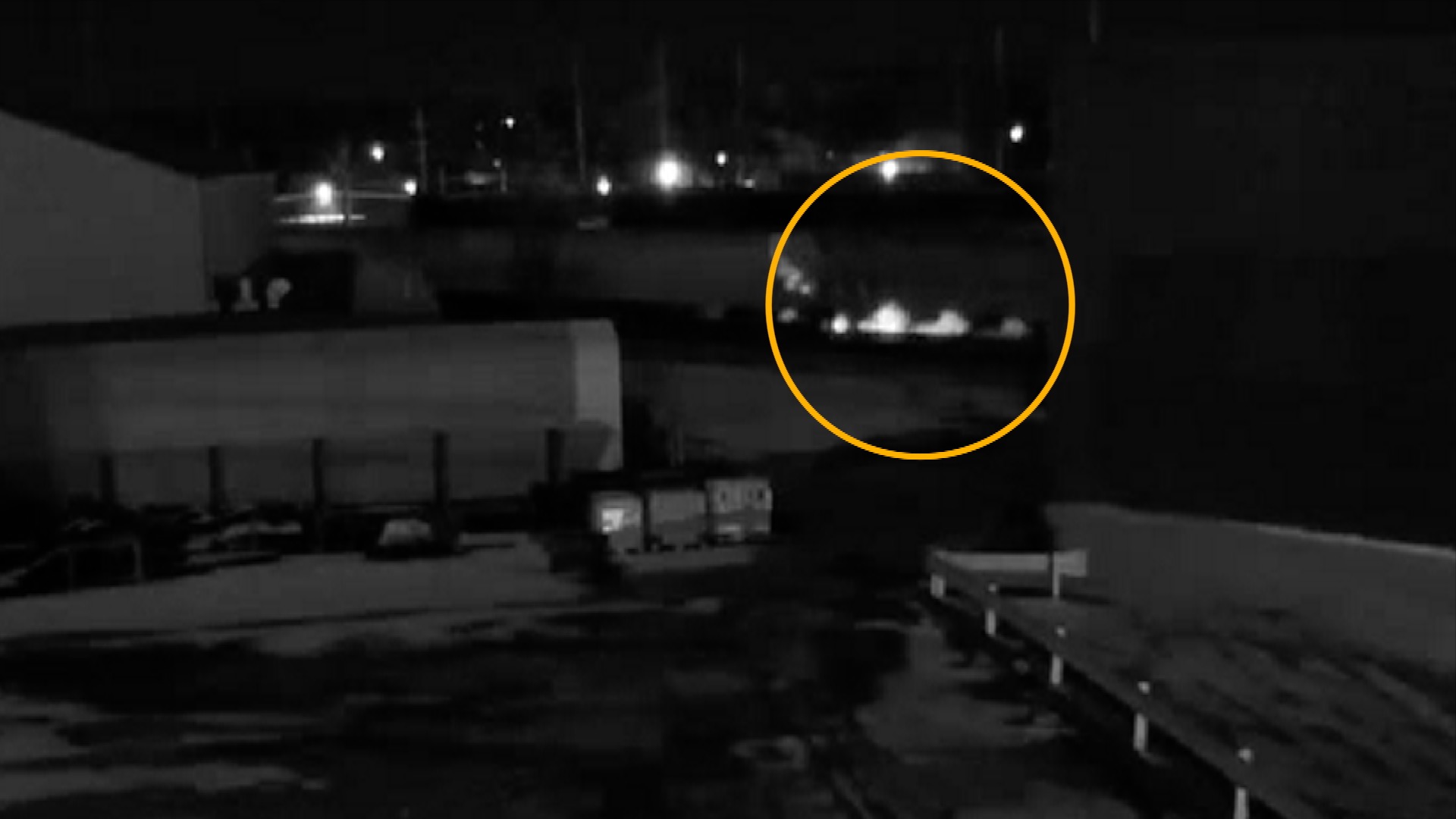
However, during the time, the operators did not take any action.
On February 14, the National Transportation Safety Board (NTSB) released a new investigation report indicating that the derailment may have been caused by overheating of the wheel bearings.
However, many people find such an explanation hard to accept, as there have been numerous similar accidents before this:
Despite the explanation, many people are having a hard time understanding why these accidents keep happening so frequently. For example:
– The day of the accident was the five-year anniversary of a similar chemical train derailment in Ohio;
– Then just two weeks later, on February 13 and 16, two train derailments occurred in Vandalia, Michigan and Splendora, Texas respectively.
The systemic problems of the U.S. railroad system
In the U.S., there is the world's largest and most economically successful freight railroad industry. According to data from the U.S. Department of Transportation (DoT), the railroads carried 28 percent of the nation's freight demand in 2018.
But, with a 140,000-mile-long network carrying daily essentials for Americans, why is this crucial railway plagued by frequent problems?
1. Why did the federal government fail to take action?
In 2012, there was a hazardous chemical spill from a train derailment in New Jersey, which involved the same toxic substance as the Ohio derailment, causing over 23,000 gallons of the toxins to leak into the environment. Local health officials later acknowledged that the leaked toxins posed serious cancer risks.
In response to that incident, the Obama administration proposed in 2014 to improve safety regulations for transporting oil and other hazardous chemicals by rail.
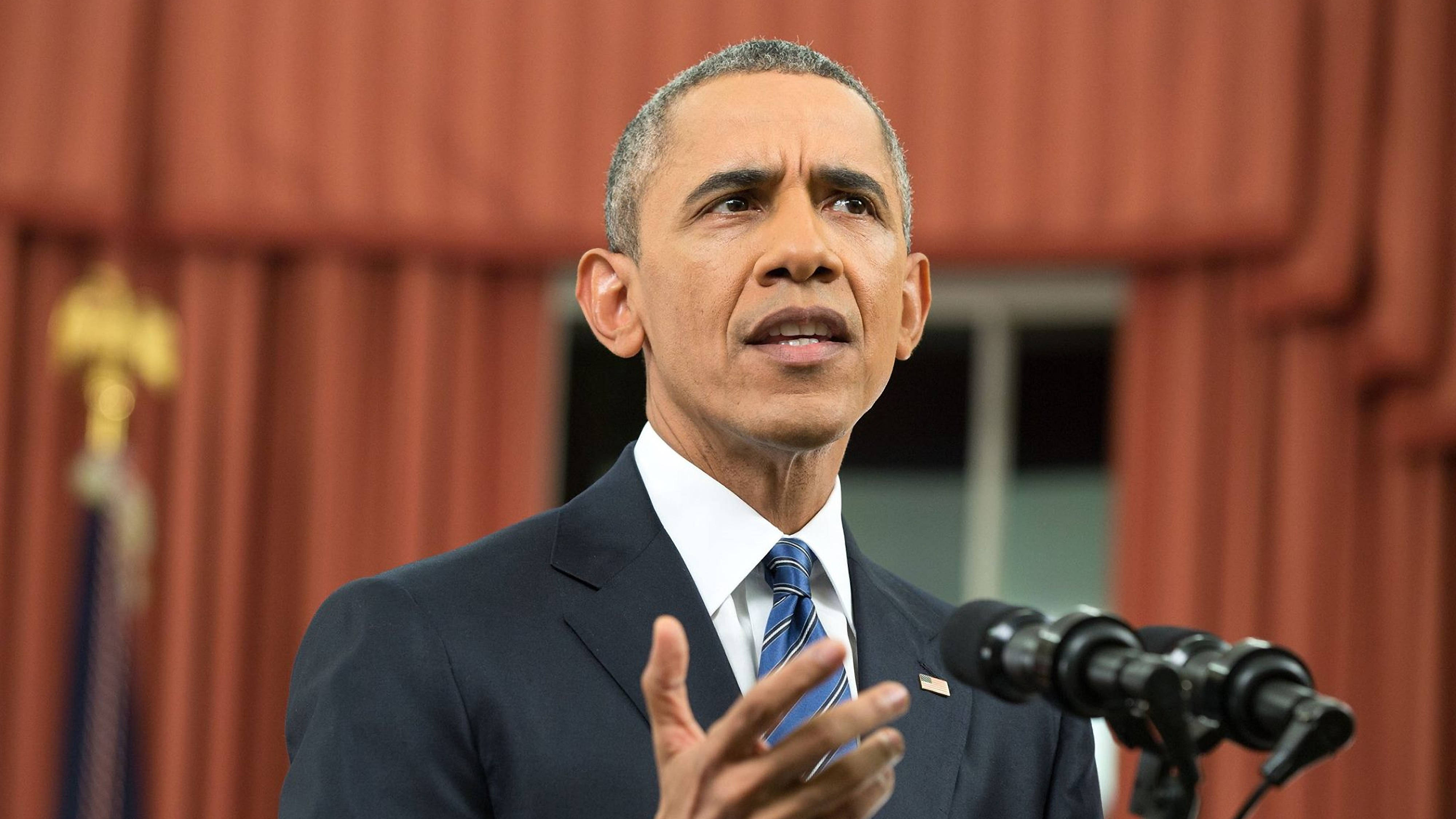
File: In 2015, the Obama administration passed safety measures for braking systems on "high-hazard flammable trains," which were overturned by the Trump administration in 2017. /IC
File: In 2015, the Obama administration passed safety measures for braking systems on "high-hazard flammable trains," which were overturned by the Trump administration in 2017. /IC
The ultimate result, however, was that under pressure from the Norfolk Southern Railway and other lobbying groups, the restrictions were ultimately limited to crude oil transport. The safety regulation, issued in 2015, specifically requires that "high-hazard flammable trains," which consist of at least 20 cars of flammable liquids such as crude oil, must install electronic brakes by 2023.
In 2017, during the Trump administration, the railroad industry gained support from Republican senators. According to OpenSecrets, railroad industry donors provided more than $6 million to Republican campaigns, which helped to some extent to fuel the rail groups' initiative on braking system regulations. As reported by The Lever, a lobbying group of Norfolk Southern Corporation successfully pressured the Trump administration to overturn the federal safety rule made by the Obama administration in 2015.
2. Lack of effective safety measures
Both the FRA and the NTSB have maintained their position on the superiority of Electronically Controlled Pneumatic (ECP) brakes and have repeatedly emphasized the importance of this system on multiple occasions.
A member of the NTSB stated during a hearing in the spring of 2022 that an electronic braking system "outperforms other braking systems in terms of braking distance and energy dissipation during derailments." The staff member went on to say that a deadly collision between two Union Pacific trains in Wyoming in 2018 "could have been avoided" if the train had been equipped with an ECP braking system.
The reality is that rail companies are reluctant to comply with the regulations due to "the capital investment required and the unequal allocation of both costs and benefits from implementation among the stakeholders," according to a Federal Railroad Administration estimate that the braking system would cost around $5 billion.
3. Private and capitalized 'core' has corrupted the freight rail industry
Unlike other countries, freight railroads in the United States are entirely built and maintained by private companies. The biggest problem brought by privatization is the adoption of all means to maintain maximum profit.
· "Flush with cash"
Railroad companies have always been a cash cow. At the North American Rail Shippers Association annual meeting on September 8, 2021, Chairman Martin J. Oberman stated, "the RR's (railroad) owners have taken home an astounding $191 billion in buybacks and dividends, far more than the $138 billion spent on the RR's infrastructure."
Even with massive profits, railroad companies are not content with their current growth and are finding other ways to ensure increasing returns.
· Labor Cost Cutting
In June 2022, the U.S. inflation rate reached a staggering 9.1 percent, exacerbating societal issues. According to Reuters, several railroad companies have cut labor and other costs to increase profits, and strongly opposed increasing paid sick leave as it would require them to hire more employees. In November, the main freight railroad companies in the U.S. struggled to negotiate with the railway workers' union over labor issues and a major strike was planned.
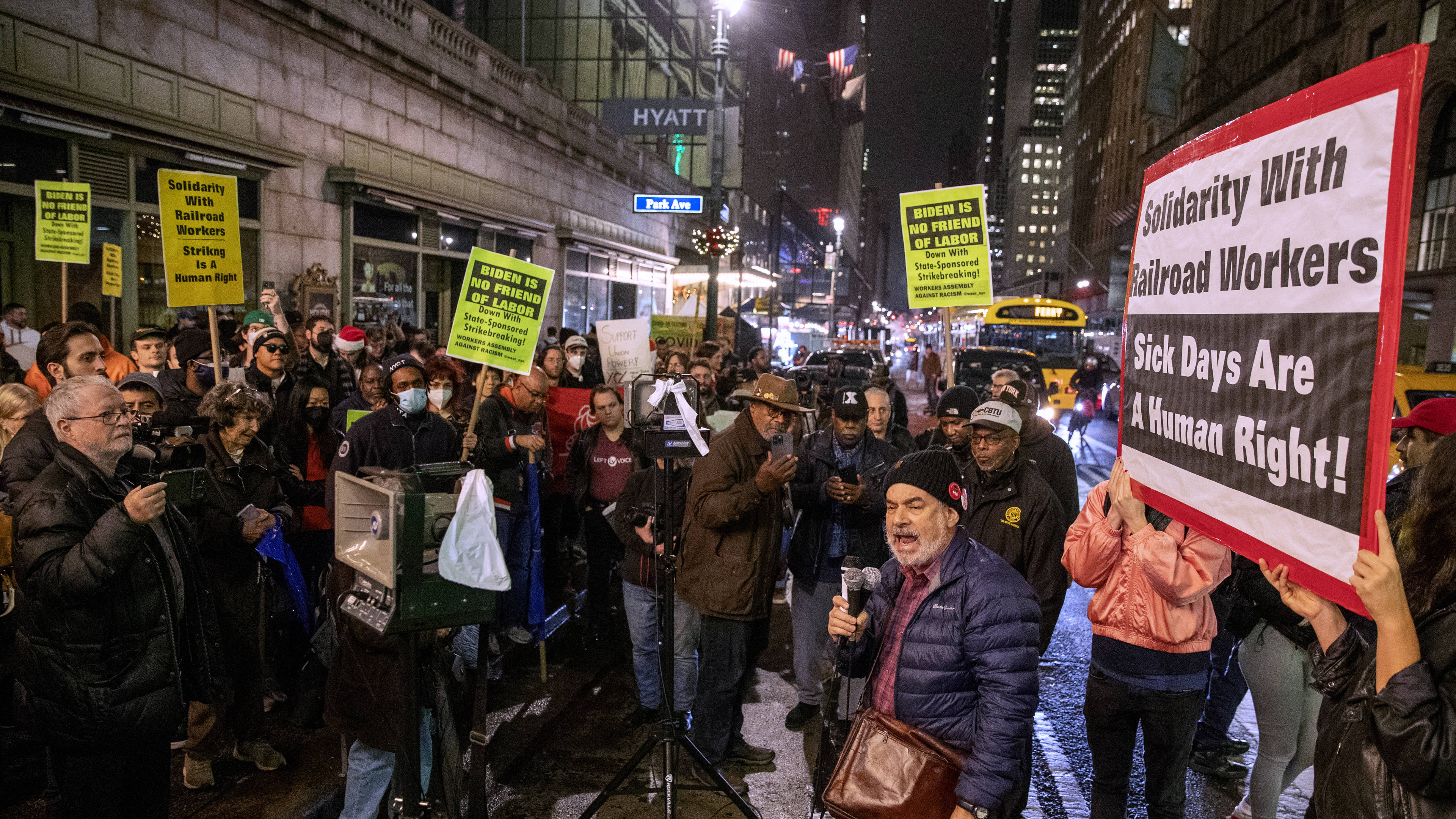
Demonstrators from various labor union groups protest against a lack of paid sick leave for railroad workers, an issue that nearly caused a national rail strike, at Grand Central Station in New York, New York, U.S., December 7, 2022. /IC
Demonstrators from various labor union groups protest against a lack of paid sick leave for railroad workers, an issue that nearly caused a national rail strike, at Grand Central Station in New York, New York, U.S., December 7, 2022. /IC
One month later, U.S. President Joe Biden signed a bill that stopped the railway workers' labor action, citing the industry as an important part of the infrastructure with a strike potentially leading to catastrophic national economic impact.
· Potential illegal operations
According to a report by news website The Lever News, a Norfolk Southern executive bragged on a 2021 earnings call, "Our push for efficiency led to record train weight and record train length in the quarter." The report also stated that as of 2021, Norfolk Southern was a leader in the category with an average train length of over 7,000 feet, or 1.3 miles, or more than 100 train cars. In the East Palestine accident, the derailed Norfolk Southern train was 9,300 feet, or nearly 1.8 miles, long.
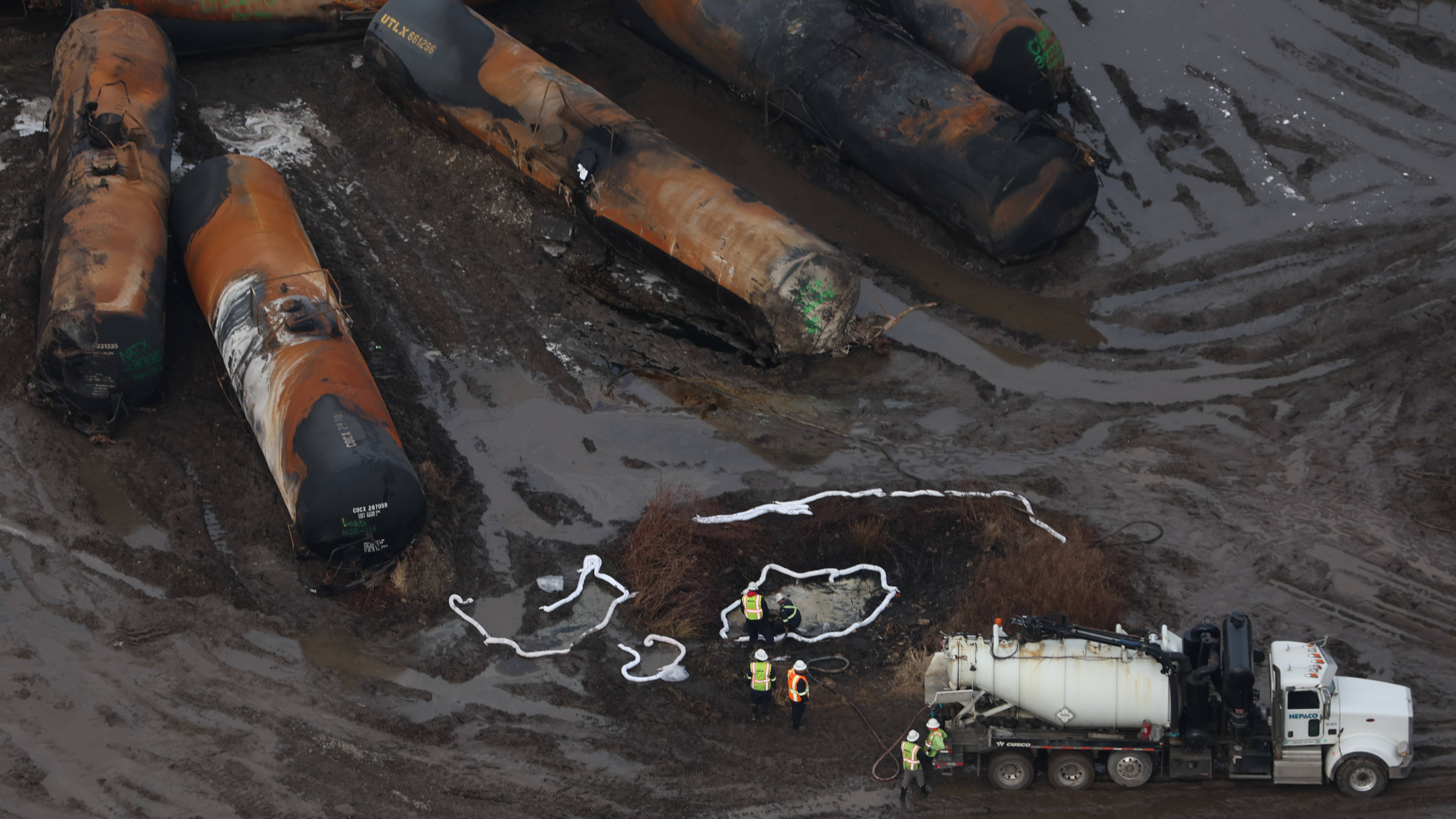
A train derailment containing toxic chemical vinyl chloride derailed in East Palestine, Ohio, February 3, 2023. /IC
A train derailment containing toxic chemical vinyl chloride derailed in East Palestine, Ohio, February 3, 2023. /IC
Although the operating company claimed that their trains were properly split and arranged, Sarah Feinberg, who served as the head of the Federal Railroad Administration from 2015 to 2017, said that the derailed train was considered "very long."
"When I was the head of the Federal Railroad Administration, I thought trains of 80 or 90 cars were too long, but this train in the accident had 150 cars, 50 percent longer than that," Feinberg said.
People thought they could learn from the 2012 disaster in New Jersey, reform the railroad system, and prioritize human life over capitalist gains. But once again, in East Palestine, Ohio, they witnessed another catastrophe, with the toxicity levels reaching five times higher than 11 years ago and continuing to endanger local communities. To the capitalists, it may just be a PR incident, but to ordinary people, a day of contamination could destroy their future health.